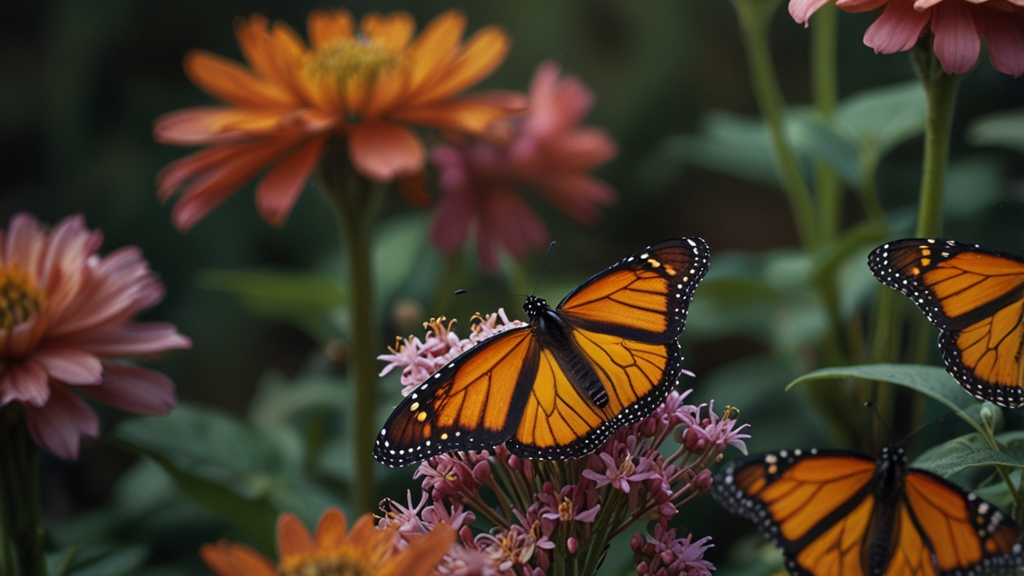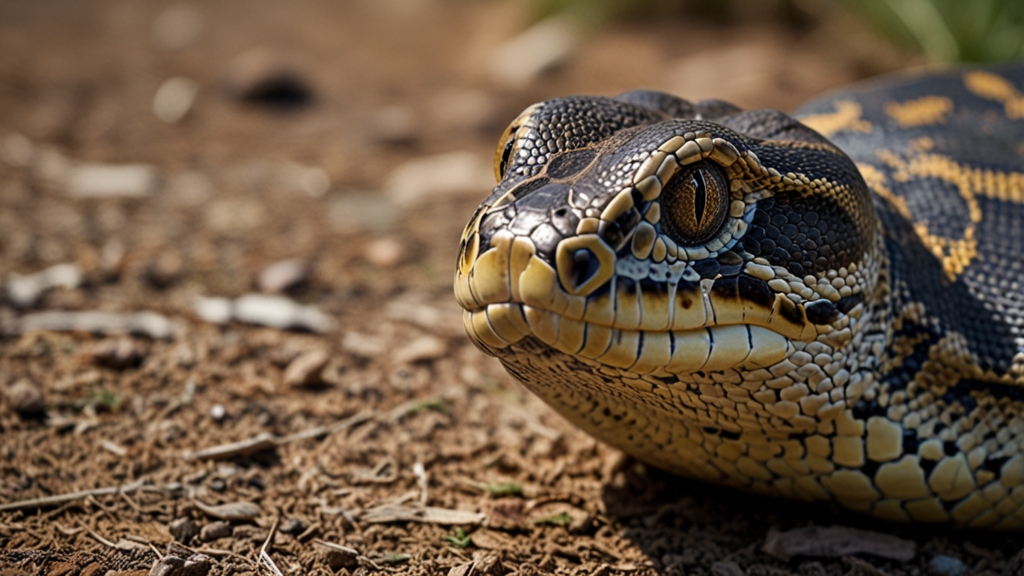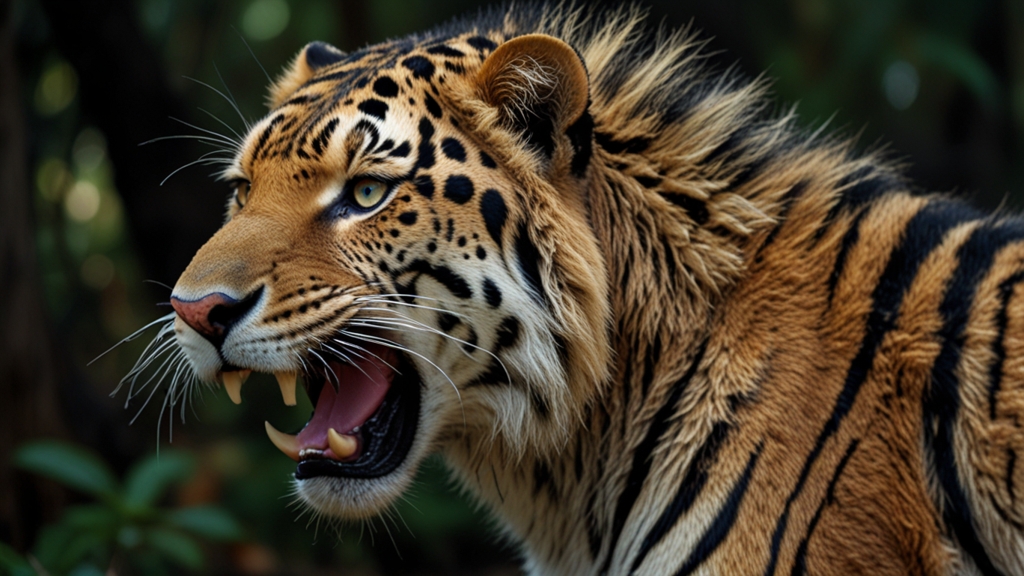The Journey of the Monarch: Following the Path of Incredible Migration
The monarch butterfly, with its vibrant orange and black wings, is not only a symbol of beauty but also a testament to the wonders of nature. Every year, these delicate creatures embark on an awe-inspiring migration that spans thousands of miles, traversing North America in a quest for survival and rejuvenation. This incredible journey, filled with peril and wonder, showcases the resilience and determination of one of nature’s most remarkable species.
The Beginning of the Journey
The migration of the monarch butterfly begins in the fall, typically around October. Monarchs east of the Rocky Mountains start from southern Canada and the northern United States. Driven by nature’s instinct, they travel southward to the montane forests of central Mexico, specifically the Oyamel fir forests located at elevations between 2,400 and 3,600 meters. These forests provide the cool, moist microclimate necessary for the monarchs to survive the winter months.
"The monarch's journey is a remarkable feat of endurance and navigation, spanning up to 3,000 miles. It's a natural phenomenon that continues to intrigue scientists and nature enthusiasts alike." - Dr. Lucia Garcia, Ecologist.
Surviving the Challenges
The path of the monarch is fraught with numerous challenges. They face adverse weather conditions, predation, and the ever-present risk of habitat loss due to deforestation and agricultural expansion. Additionally, their reliance on milkweed plants for feeding and breeding makes them vulnerable to changes in land use and the decrease in milkweed populations across North America.
During their southward journey, the monarchs utilize a sophisticated method of navigation. Researchers believe they use a combination of the sun’s position, the Earth’s magnetic field, and possibly even an inherited map acquired through generations. This multi-generational relay is essential because no single butterfly completes the round trip.
The Wintering Grounds
Upon reaching the sanctuaries in Mexico, millions of monarchs cling to the branches of Oyamel fir trees, creating a mesmerizing cascade of fluttering wings. Here, they enter a period of semi-hibernation called diapause, where their metabolic processes slow down, conserving energy for the return trip. This congregation forms a vital part of the monarch’s life cycle, where they rest and rebuild strength for the journey north.
"Walking through a forest filled with thousands of monarchs is like stepping into a living, breathing masterpiece painted by nature herself." - Carmen Benitez, Photographer and Conservationist.
The Northward Migration
With the arrival of spring, monarchs awaken from their diapause, and the northward migration begins. This trek is even more remarkable because it is the progeny of the original migrants that complete it. In a series of intergenerational flights, monarchs will travel back towards their breeding grounds in the United States and Canada. During this journey, they lay eggs on milkweed plants, ensuring the continuation of their species. Each generation lives for only a few weeks, except for the final generation, known as the Methuselah generation, which lives up to eight months and undertakes the full migration.
Conservation Efforts
The incredible journey of the monarch butterfly has captured the imagination and concern of many. Conservationists and researchers are working tirelessly to protect the critical habitats and migratory paths that these butterflies rely on. Initiatives such as planting milkweed, reducing pesticide use, and protecting overwintering sites in Mexico are crucial for the survival of this iconic species.
Individuals can also contribute to the conservation efforts by creating monarch-friendly gardens, participating in citizen science projects, and supporting policies that protect habitats both in the United States and Mexico. The monarch’s migration is a delicate but resilient thread that weaves through ecosystems and cultures, reminding us of the intricate connections within the natural world.
"The continued survival of the monarch butterfly is a testament to the importance of cross-border cooperation in conservation. It’s a shared responsibility that transcends national boundaries." - Roberto Alvarez, Environmental Policy Advocate.
Conclusion
The journey of the monarch butterfly is a marvel of nature's design, showcasing the extraordinary capabilities of a seemingly fragile insect. Their migration is a beacon of hope and resilience, demonstrating how species adapt, survive, and thrive against the odds. As we learn more about their journey, we are reminded of our own role in preserving the delicate balance of life on Earth, ensuring that future generations can witness the breathtaking spectacle of the monarch migration.









